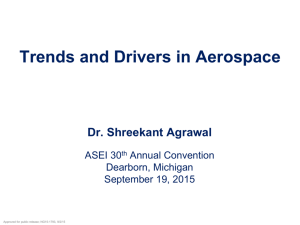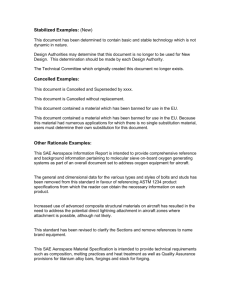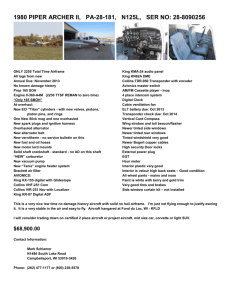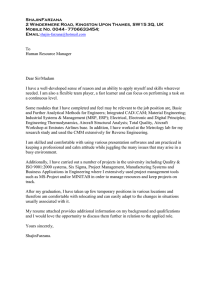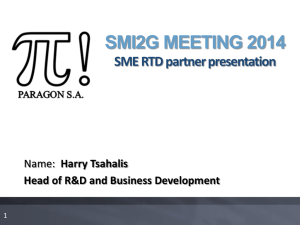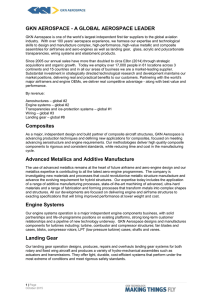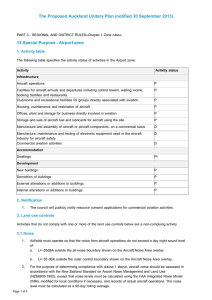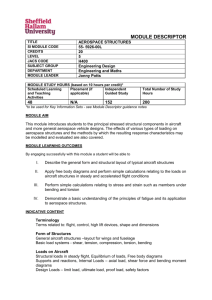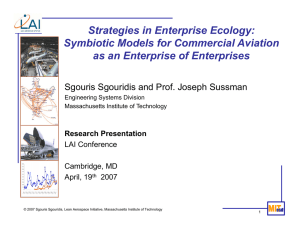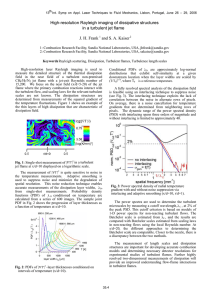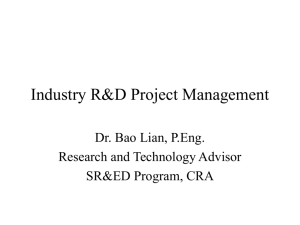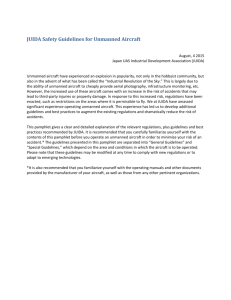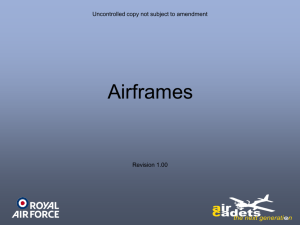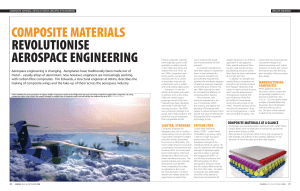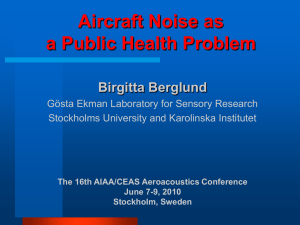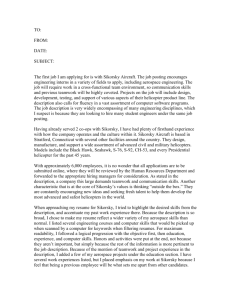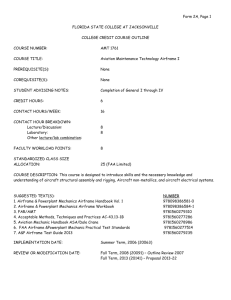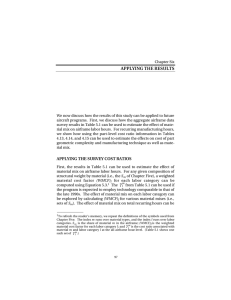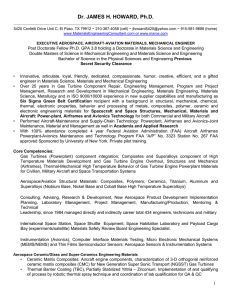EUROPEAN COMMISSION
advertisement
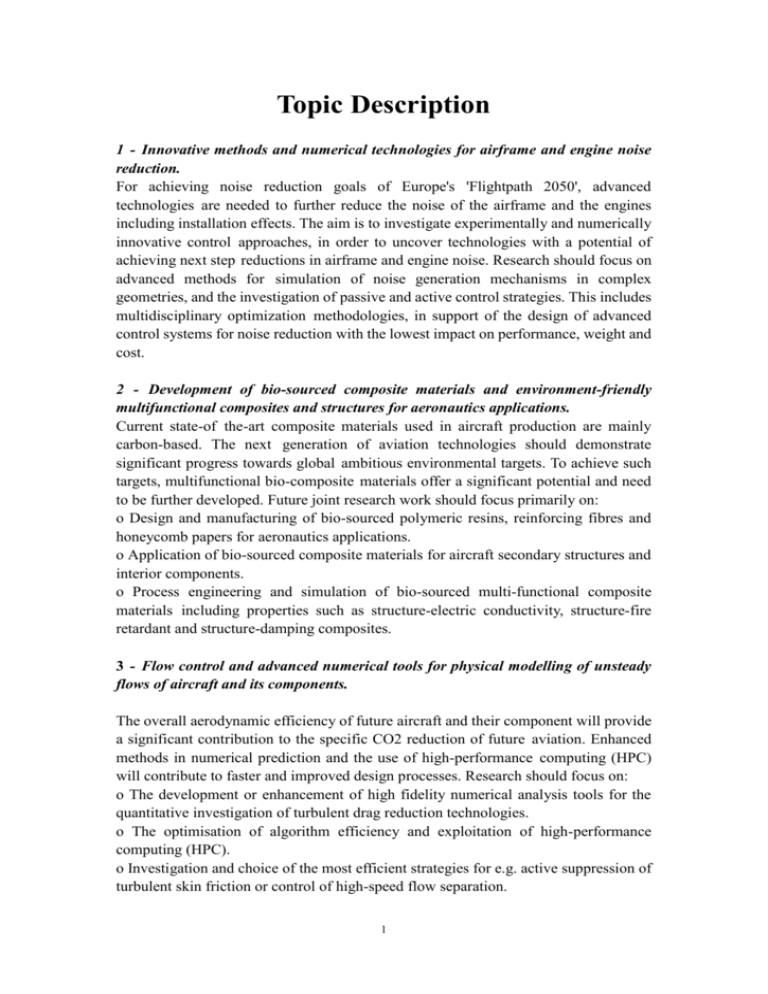
Topic Description 1 - Innovative methods and numerical technologies for airframe and engine noise reduction. For achieving noise reduction goals of Europe's 'Flightpath 2050', advanced technologies are needed to further reduce the noise of the airframe and the engines including installation effects. The aim is to investigate experimentally and numerically innovative control approaches, in order to uncover technologies with a potential of achieving next step reductions in airframe and engine noise. Research should focus on advanced methods for simulation of noise generation mechanisms in complex geometries, and the investigation of passive and active control strategies. This includes multidisciplinary optimization methodologies, in support of the design of advanced control systems for noise reduction with the lowest impact on performance, weight and cost. 2 - Development of bio-sourced composite materials and environment-friendly multifunctional composites and structures for aeronautics applications. Current state-of the-art composite materials used in aircraft production are mainly carbon-based. The next generation of aviation technologies should demonstrate significant progress towards global ambitious environmental targets. To achieve such targets, multifunctional bio-composite materials offer a significant potential and need to be further developed. Future joint research work should focus primarily on: o Design and manufacturing of bio-sourced polymeric resins, reinforcing fibres and honeycomb papers for aeronautics applications. o Application of bio-sourced composite materials for aircraft secondary structures and interior components. o Process engineering and simulation of bio-sourced multi-functional composite materials including properties such as structure-electric conductivity, structure-fire retardant and structure-damping composites. 3 - Flow control and advanced numerical tools for physical modelling of unsteady flows of aircraft and its components. The overall aerodynamic efficiency of future aircraft and their component will provide a significant contribution to the specific CO2 reduction of future aviation. Enhanced methods in numerical prediction and the use of high-performance computing (HPC) will contribute to faster and improved design processes. Research should focus on: o The development or enhancement of high fidelity numerical analysis tools for the quantitative investigation of turbulent drag reduction technologies. o The optimisation of algorithm efficiency and exploitation of high-performance computing (HPC). o Investigation and choice of the most efficient strategies for e.g. active suppression of turbulent skin friction or control of high-speed flow separation. 1 o The flow control and turbulent mixing for turbomachinery applications. 4 - Enhanced additive manufacturing of metal components and resources efficient manufacturing processes for aerospace applications. The demand for material efficient and sustainable production processes require new advanced technologies for the aerospace industry. Technologies that offer substantial potential are: o The current processes of Additive Manufacturing (AM) are promising, but still present building rates that are too low to be commercially viable for large components. The research should focus on modelling and simulation of the AM process of metal components, which can optimise the manufacturing process, decrease the cost and lead time, to improve quality and to accelerate the AM implementation in aerospace industries. o Powder hot isostatic pressing (HIPping) using titanium is promising for manufacturing of aircraft structures. Here the influence of the variability in composition of Ti powders needs to be assessed. The capability to manufacture large HIPped Ti structures with required consistency and repeatability has to be further developed for future commercialised processes. o The casting and welding of large titanium aerospace structures have been demonstrated, but they need to be enhanced for being compliant with industrial requirements such as dimensional accuracy and mechanical properties. 2
